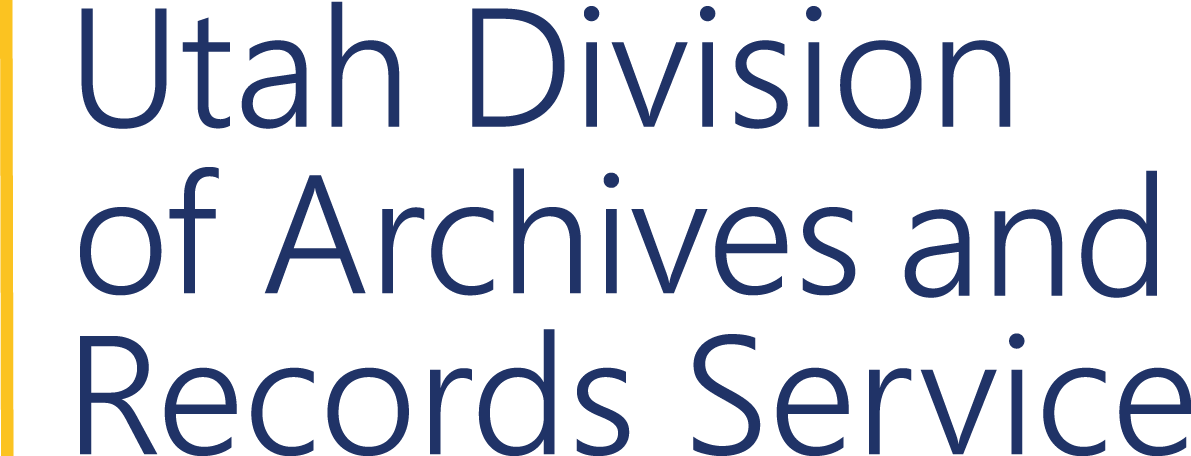Classifying Drafts
Table of Contents
- Introduction
- 1. Is the draft a record?
- 2. Is the draft a protected record?
- 3. Is the draft a public record?
- 4. Does another statute govern access?
Consideration 3: Is the draft a public record?
Not all drafts are protected. GRAMA specifies certain conditions which raise a draft to the level of a public record. As outlined in the list of normally public records, drafts that should be classified as public include:
- Empirical data contained in drafts if that data is not reasonably available elsewhere in a similar form and the governmental entity is given a reasonable opportunity to correct errors or make non-substantive changes. (UC 63G-2-301(3)(i))
- Drafts that were circulated to anyone outside of the governmental entity and other entities, such as contractors, with which the entity is directly working. (UC 63G-2-301(3)(j))
- Drafts that have not been finalized, but which were relied upon to carry out an action or policy. (UC 63G-2-301(3)(k))
In the first instance, “empirical data” is based on experimentation or quantifiable experience. It can be thought of as research evidence supporting or countering a particular conclusion. For example, if the Governor’s Office of Energy Development has empirical data about the effectiveness of mining in the Uinta Basin as an energy resource for the state, and that information is not available elsewhere, it should be public information even if it is only contained within a draft. As stated in the code, the governmental entity must be given a reasonable opportunity to correct errors and make non-substantive changes.
In the second instance, when drafts are circulated outside of the creating entity or group, they effectively become public records. A parallel example is that when an attorney or client discloses information that normally is protected under attorney-client privilege, then that record loses its privileged or protected classification.
Also, when a draft is relied upon to carry out an action or implement a policy, interest in government transparency overrides the protected status of the draft. Citizens and decision makers have an interest in understanding how a policy was implemented or why an action was taken.
When no other exemption applies and there is a compelling interest in restricting access to records, a court may order confidential treatment of records. If the court-restricted record is a draft, restriction must be based on the underlying information and not on the deliberative nature of drafts as a record. (UC 63G-2-405)
Page Last Updated June 2, 2016 .
